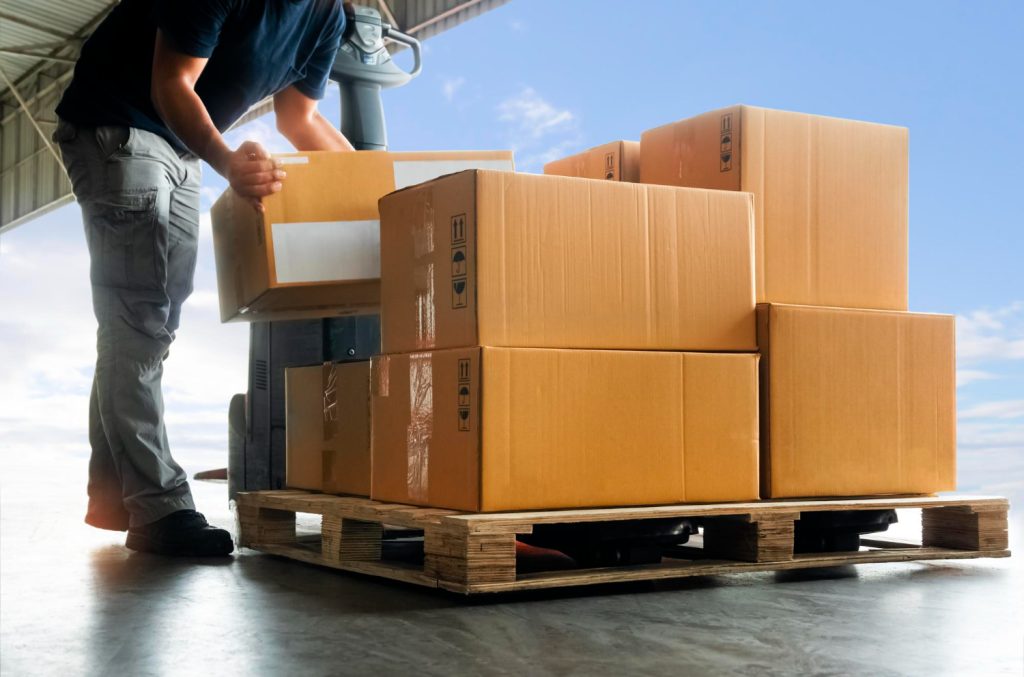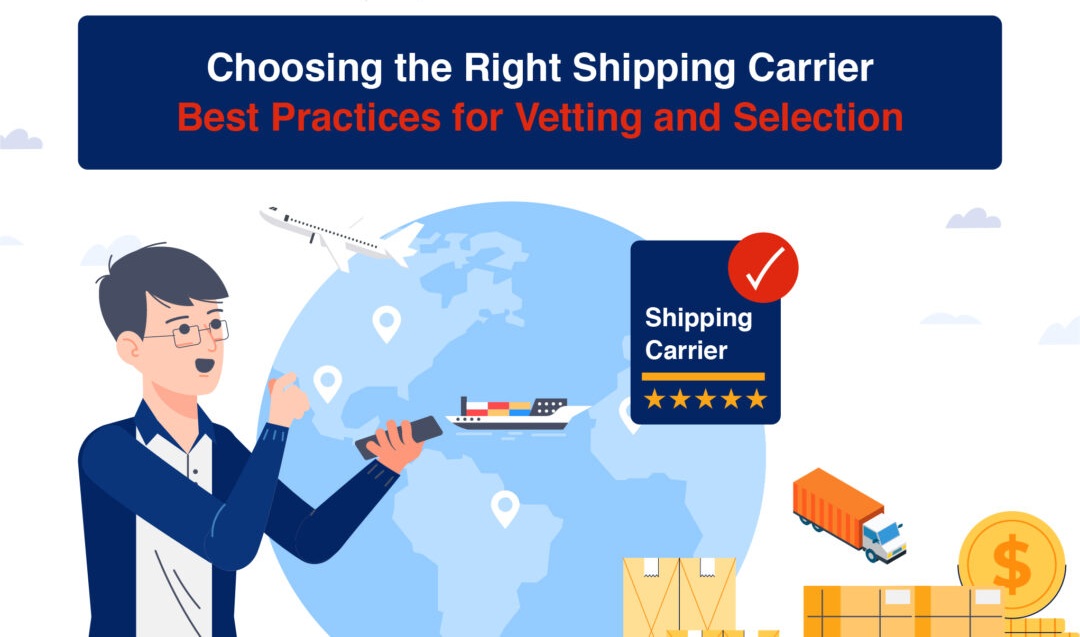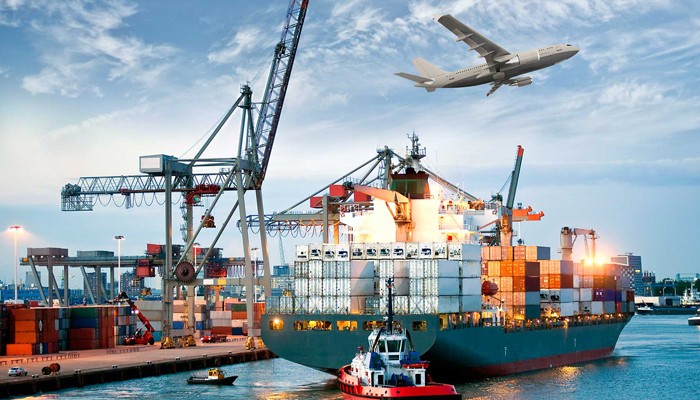Road Freight in Europe After Brexit: Key Challenges for UK Companies
Brexit has reshaped the way goods move between the UK and the EU. What was once a seamless flow of cargo now requires customs declarations, compliance checks, and additional planning. For UK companies relying on road freight, these changes have introduced both challenges and opportunities.
1. Customs Procedures and Documentation
Before Brexit, UK–EU trade was frictionless. Today, exporters and importers must prepare customs declarations, commodity codes, and VAT documentation. Failure to do so correctly can lead to costly delays at borders.
2. Border Delays and Transit Times
The UK–EU border now operates similarly to other international borders. Trucks may face queues at ports such as Dover or Calais, impacting delivery schedules. Forward planning and the use of experienced freight forwarders can significantly reduce these risks.
3. Increased Transport Costs
Customs duties, administrative fees, and longer transit times have raised the overall cost of EU–UK road transport. Companies must balance these costs with customer expectations for competitive pricing and on-time delivery.
4. Driver Shortages
The logistics industry across Europe faces a growing shortage of qualified drivers. This shortage, combined with Brexit-related challenges, adds pressure to capacity and costs.
5. Opportunities for Adaptation
Despite challenges, UK businesses can adapt by:
-
Partnering with forwarders who specialise in EU–UK trade.
-
Using customs clearance hubs.
-
Exploring multimodal transport (road + rail/sea).
Brexit has made EU–UK road freight more complex, but not impossible. With the right partners and proactive planning, companies can continue to thrive in cross-border trade.




